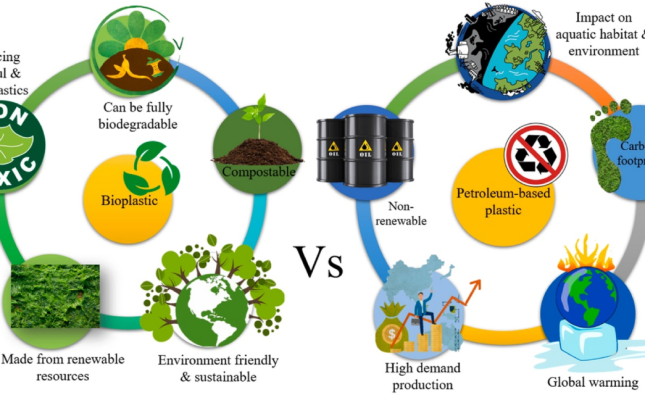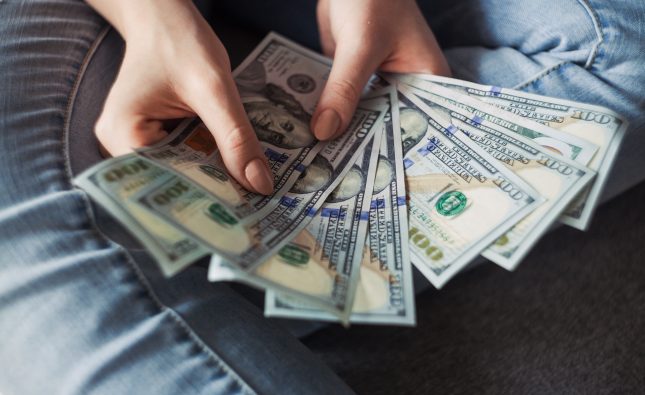
One of the key drivers of this shift is the growing demand for sustainable fashion from consumers. According to a recent survey by the Boston Consulting Group, 75% of consumers globally said that they would like to buy more sustainable fashion products. This has led many fashion companies to adopt more sustainable practices, from sourcing environmentally friendly materials to reducing waste in production and adopting circular business models.
Major players in the industry have also taken steps towards sustainability. H&M, one of the world’s largest fashion retailers, has committed to becoming fully circular and climate positive by 2030. The company is investing in sustainable materials, such as organic cotton and recycled polyester, and has launched a garment collection program to encourage customers to recycle their clothing.
Another example is Adidas, which has pledged to use only recycled polyester in all its products by 2024. The company has also launched a sustainable sneaker made from recycled plastic waste found in the ocean.
Sustainable fashion is not just limited to big companies. Smaller independent designers are also making an impact in the industry. For instance, Mara Hoffman, a sustainable fashion brand, has partnered with the Environmental Defense Fund to reduce the company’s carbon footprint, while also launching a “buy-back” program to recycle customers’ old clothing.
However, while there has been progress, the fashion industry still has a long way to go in terms of sustainability. For instance, the industry remains one of the largest polluters in the world, with water pollution and carbon emissions still major issues. Additionally, fast fashion remains a significant challenge, as many consumers still prioritize low prices over sustainability.
Ultimately, the shift towards sustainability in the fashion industry is a positive development. By adopting more environmentally friendly practices, the industry can reduce its impact on the environment and promote a more circular economy. However, it will take a collective effort from companies, consumers, and policymakers to ensure that sustainability becomes the norm in the industry, rather than the exception.










